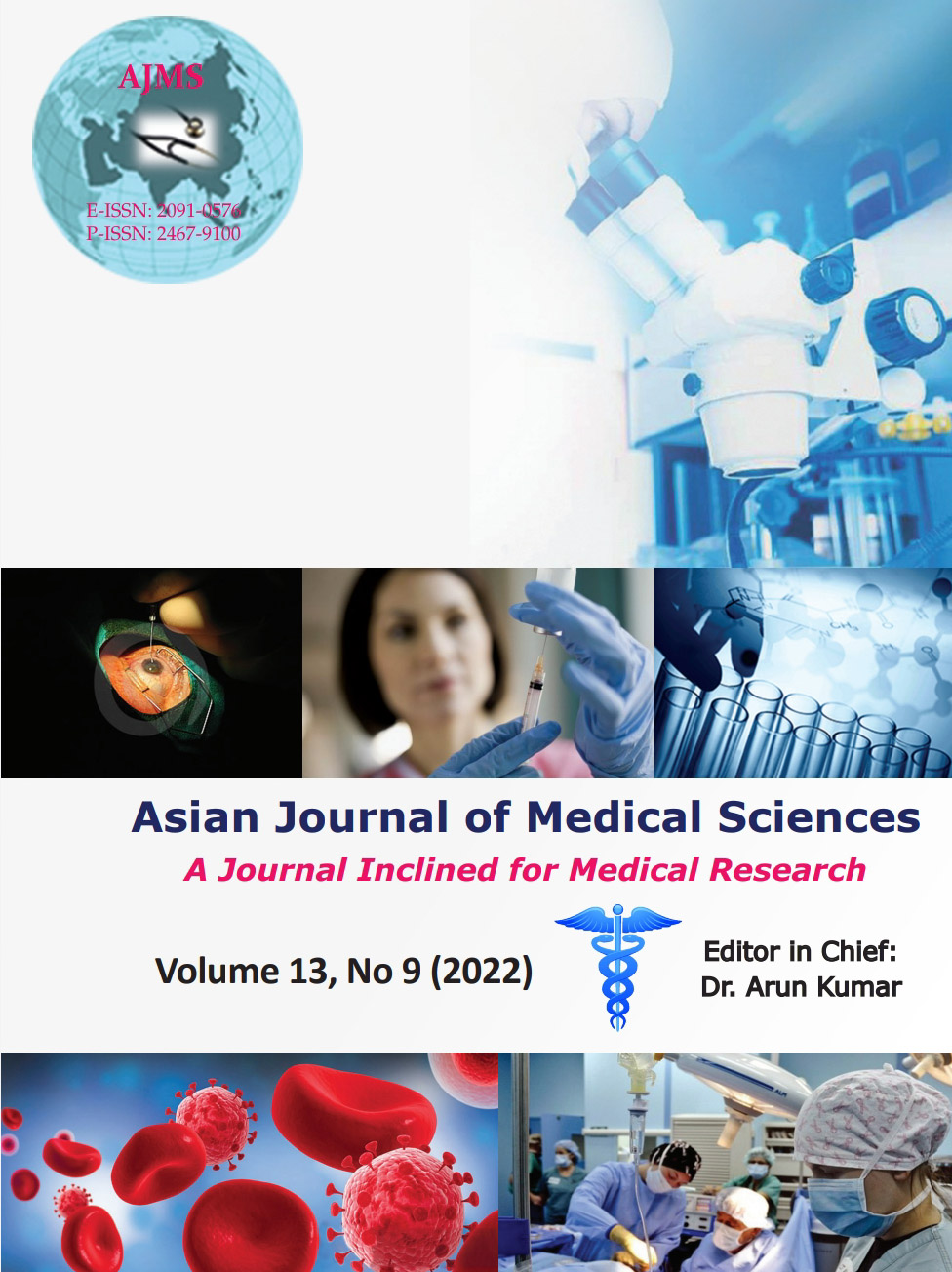Histopathological study of childhood tumors of the urogenital system
Keywords:
Histopathology; Immunohistochemistry; Pediatric urogenital tumors; Wilms tumorAbstract
Background: Malignancies form one of the important causes of pediatric morbidity as well as mortality. These malignancies are increasingly becoming more important causes of pediatric mortality as deaths from other causes such as infections, malnutrition, and heart diseases are decreasing due to advances in field of pediatric medicine. Urogenital tumors form one of the important causes of pediatric urology consultations. This study was done to describe the spectrum and clinicopathologic features of childhood tumors of the urogenital tract in our institution.
Aims and Objectives: The aims of this study were as follows: (1) To study the histopathology of childhood tumors of the urogenital system. (2) To describe the clinical, gross, and microscopic features of these tumors.
Materials and Methods: This was a retrospective study conducted in the Department of Pathology of Christian Medical College, Vellore, in which children below 18 years of age, in whom biopsies or resections of tumors of the urogenital system was done, were included on the basis of a predefined inclusion and exclusion criteria. Slides of all such specimens were retrieved from the archives of General Pathology. The clinical features were recorded from cases papers. Microscopic and immunohistochemistry findings were studied. Data analysis was done using SPSS 16.0. Descriptive data were reported and compared. Categorical variables were reported using frequency and percentage. Continuous variables were reported using mean ± standard deviation or median (interquartile range) as appropriate.
Results: In our study of 100 pediatric patients with urogenital tumors, there were 55 boys (55%) and 45 girls (45%) amongst the studied cases with a M: F ratio of 1:0.81. The most common type of urogenital neoplasm in pediatric age group was found to be Wilms tumor which was seen in 55 (55%) patients. The other common histopathological findings were mature cystic teratoma (13%), mixed germ cell tumor (7%), yolk sac tumor (6%), and rhabdomyosarcoma (6%). Sertoli cell tumor, Sertoli-Leydig cell tumor, and clear cell renal carcinoma were less common and were seen in one patient (1%) each.
Conclusion: Urogenital tumors in pediatric age groups form one of the important causes for pediatric urology consultation. In our study Wilms tumor was most common urogenital tumors followed by mature cystic teratoma, mixed germ cell tumor, yolk sac tumor, rhabdomyosarcoma, and immature teratoma.
Downloads
Downloads
Published
How to Cite
Issue
Section
License
Copyright (c) 2022 Asian Journal of Medical Sciences

This work is licensed under a Creative Commons Attribution-NonCommercial 4.0 International License.
Authors who publish with this journal agree to the following terms:
- The journal holds copyright and publishes the work under a Creative Commons CC-BY-NC license that permits use, distribution and reprduction in any medium, provided the original work is properly cited and is not used for commercial purposes. The journal should be recognised as the original publisher of this work.
- Authors are able to enter into separate, additional contractual arrangements for the non-exclusive distribution of the journal's published version of the work (e.g., post it to an institutional repository or publish it in a book), with an acknowledgement of its initial publication in this journal.
- Authors are permitted and encouraged to post their work online (e.g., in institutional repositories or on their website) prior to and during the submission process, as it can lead to productive exchanges, as well as earlier and greater citation of published work (See The Effect of Open Access).




